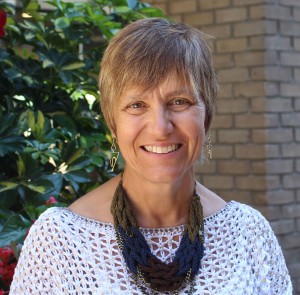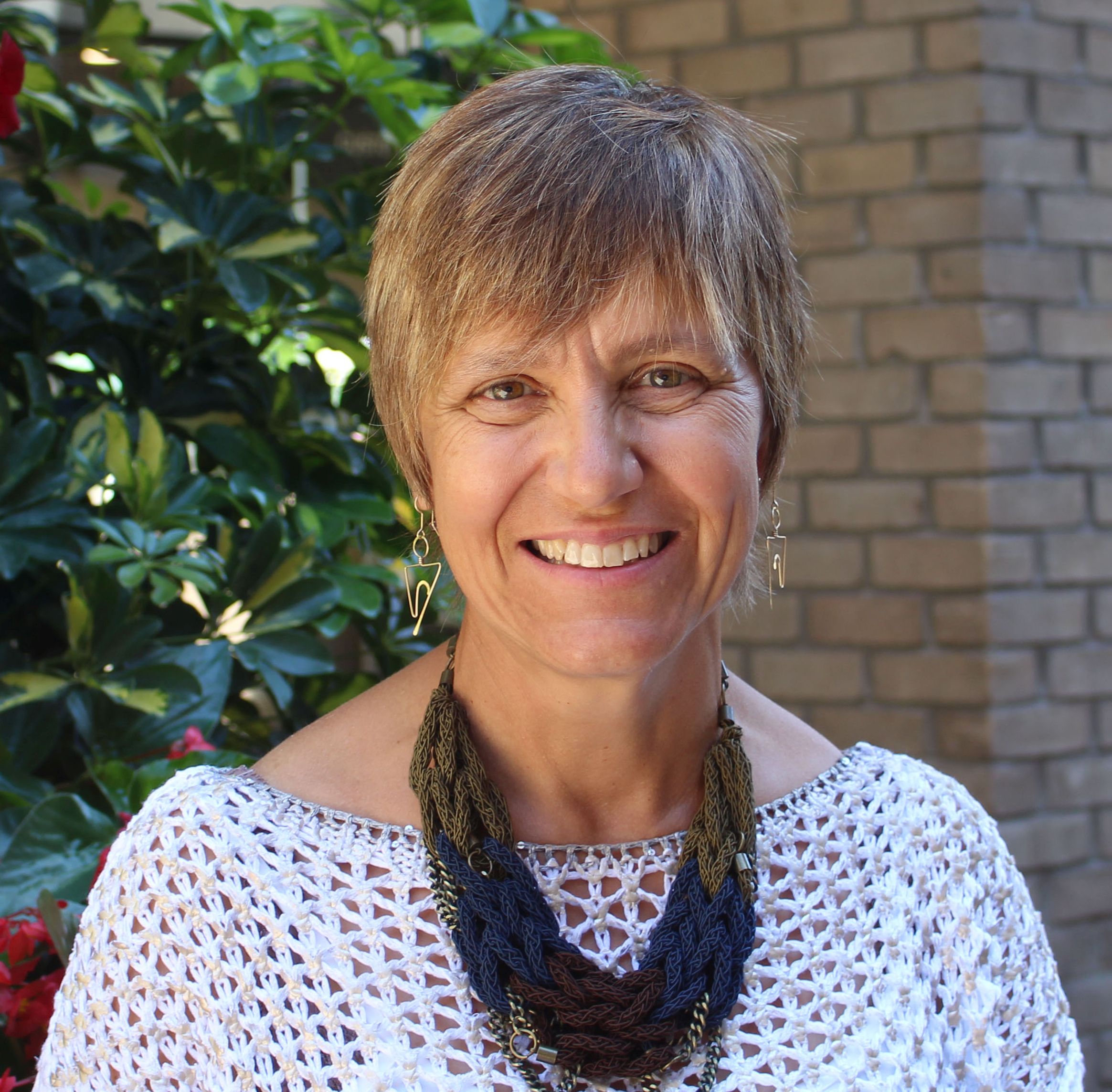 Neglect is one of the most common child protection concerns in Ontario.
Neglect is one of the most common child protection concerns in Ontario.
Mary Ballantyne, CEO of the Ontario Association of Children’s Aid Societies, discusses how Children’s Aid Societies help families dealing with this issue.
How is neglect a form of child abuse?
A child who is neglected is consistently not having their vital needs met. That could mean poor nutrition, lack of attention to hygiene, and so on. From a child welfare perspective, neglect is a concern because it ultimately affects a child’s ability to thrive. With very young children, neglect is obviously a real, immediate risk. Inadequate feeding can be life threatening, and lack of attention to hygiene can lead to serious illness. As children mature, neglect might not be a matter of life and death, but it does affect how a child manages day-to-day. A hungry child will struggle in school and can be bullied and ridiculed by peers because of poor hygiene. As children enter adolescence, we start seeing the impacts of neglect on their behaviour, including lower self-esteem and an inability to engage in school because they lack the confidence and skills.
How does child welfare help children who have been neglected?
One of the biggest challenges for a child welfare worker is determining what is at the root of the neglect. Is it that the parent lacks the skills to take care of their child? Is it an addiction or a mental health issue? Poverty can also mean that a parent can’t adequately provide for their child, because there are too many competing needs for the limited resources they do have.
So how will child welfare responses differ according to these different situations?
If it’s a parenting skills issue, a child welfare worker will work with the parent or connect the parent with the resources they need to learn those skills. With an addiction or a mental health issue, the parent can enter a treatment program. If it’s poverty that’s contributing to neglect, the worker can advocate on the family’s behalf to get them the resources they need. In some cases it’s a combination of all those approaches. It’s important to understand that poverty is recognized as a risk factor in abuse and neglect cases, but it does not cause abuse and neglect. Children are also neglected in families with higher socio-economic status.
Concrete interventions can often really help some families. It can be extremely hard for a family living in close quarters where the building is falling apart and unsafe. If a child welfare worker can find them a reasonable place to live, where they feel pride, neglect can be reduced. Similarly, alleviating daily stresses by providing transportation or daycare allows a parent to focus more on child rearing. When parents feel good about themselves, it makes them better parents.
Is this a role that child welfare should be taking on?
This is a role that child welfare has played for decades, but it’s probably not well understood as an important form of intervention. The Ontario Incidence Study of Child Abuse and Neglect shows that 89% of child welfare’s work involves children and families struggling with chronic needs such as poverty, trauma, mental health, and addictions.* Child welfare plays an important role in linking struggling families to the many vital programs available in their community. In-home, hands-on support is crucial: people learn how to be good parents while receiving support for themselves and their child along the way.
A recent study using data from the Ontario Incidence Study shows that poverty is a correlated to the disproportionate number of Indigenous and African Canadian children taken into care. Does child welfare’s work with children experiencing neglect unfairly impact families living in poverty?
We know that poverty is racialized in Ontario and Canada – the rates of Indigenous and African Canadian families living in poverty is disturbingly high. Because we work with children experiencing neglect, and poverty can often look like neglect, we realize that this might be a contributing factor to these communities being overrepresented.
With the support of the Government, we’ve been consulting on the issue of overrepresentation with African Canadian communities. The release of the One Vision, One Voice Practice Framework: Changing the Ontario Welfare System to Better Serve African Canadians is an important step on this journey of understanding.
What role can the community play in helping children who are neglected?
The community has a huge role to play. Knowing that someone in your community is struggling, you can ask yourself how you can help them. Offering to take care of your neighbour’s kids after school, sharing a meal, or simply listening are important ways to be part of the solution.
Another important thing for people in the community to do if they believe that a child is being abused or neglected is to call Children’s Aid. Their call can lead to an offer of support to someone who can’t help themselves.
* A 25 Year Perspective on Child Welfare Services in Ontario and Canada, Nico Trocmé, McGill University
